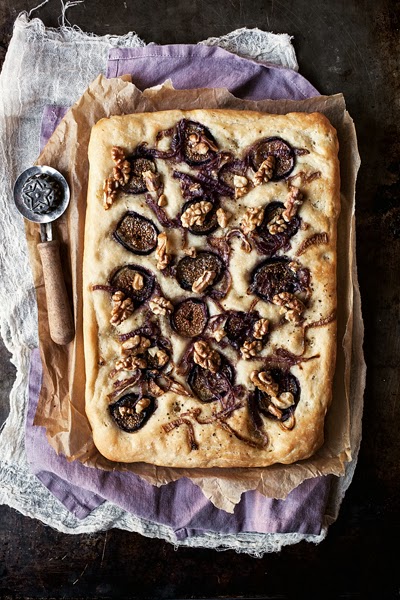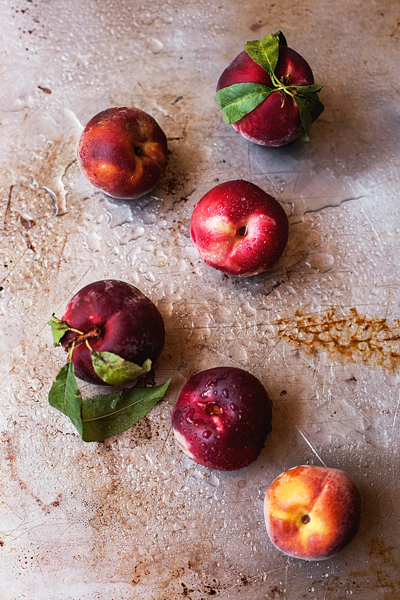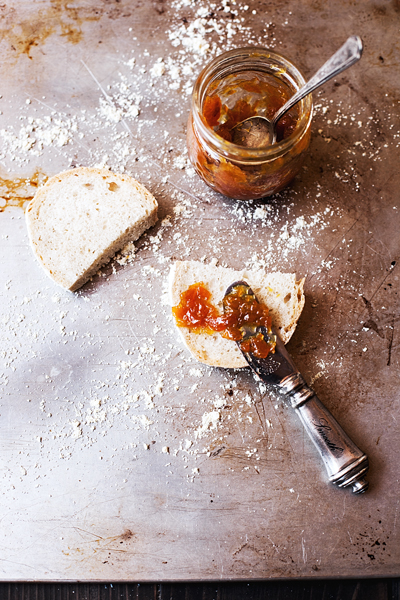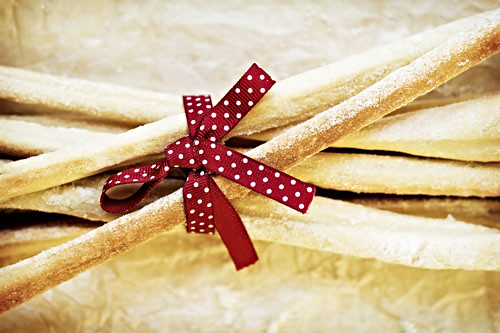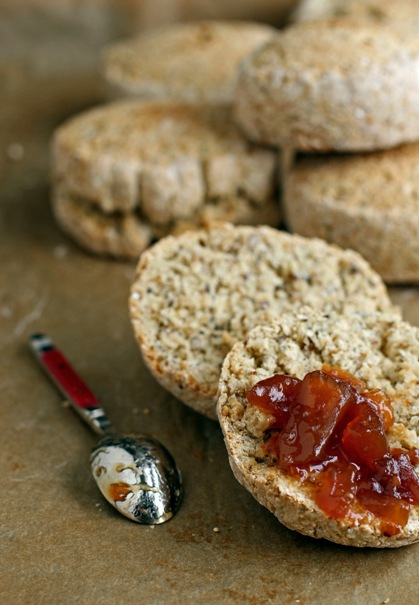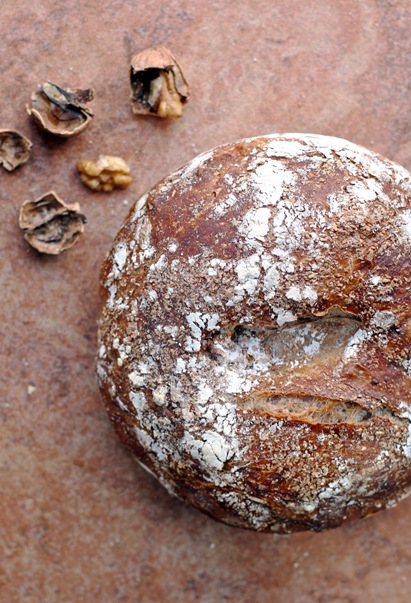
This is my alternative to darkness, fear, nostalgia, pride, sadness with no destination, the rain, the uncertainty, unanswered questions, expired passports, grammar mistakes, Texas, the camping out for the latest iPhone, the latest iPhone, songs by Pupo, headache, heartache, knee bruises, tight shoes, high-heeled shoes, fur-lined shoes, November, answering machines, pale tomatoes, sauce stains, cold feet, watered down coffee, overcooked pasta, withered flowers, Wi-Fi with password, train strikes, pizza with pineapple, D in the report card, a sold out show, the end of the book, queues at the supermarket, rosé wine.
Two figs and a focaccia and let's not talk about it anymore.

for two baking dishes of 8x12 inches
For the dough
type O flour 500 gr
lukewarm water approx. 275 gr
fresh brewer's yeast 10 gr
salt 10 gr
olive oil 1 tablespoon
For the toping
red onion 1
sugar 1 tablespoon
walnuts 1 handful
fresh figs 10-12
salt, pepper, olive oil as needed
type O flour 500 gr
lukewarm water approx. 275 gr
fresh brewer's yeast 10 gr
salt 10 gr
olive oil 1 tablespoon
For the toping
red onion 1
sugar 1 tablespoon
walnuts 1 handful
fresh figs 10-12
salt, pepper, olive oil as needed
The dough is the same that I used here, the recipe comes from the Simili sisters, do I need to add anything else?
In a bowl, dissolve the yeast with some of the water, add a little bit of flour, 1 tablespoon of olive oil, salt, and then the remaining flour and the rest of the water in two batches, alternating them and always beating the dough. Place it on the work surface and knead for 7-8 minutes, put it back in the bowl greased with oil, and let it double in size (it'll take about two hours).
Place it back on the work surface, divide the dough in half, form two loaves and place them on the baking dishes lined with parchment paper. Let them rest for another 15 minutes, then flatten them with a short rolling pin and the palm of your hand until they cover the bottom of the pan almost completely. Let rise for 30 minutes.
Meanwhile, peel the onions, slice them thin, season with a tablespoon of olive oil and a tablespoon of sugar, salt and pepper, and roast them for a few minutes under the grill. Cut figs in half and coarsely chop the walnuts.
Spread the figs and the onion on the surface of the focaccias. Push the tip of your fingers into the dough, forming deep imprints until you touch the pan, drizzle with 3 tablespoons of olive oil beaten with 3 tablespoons of water, and plenty of salt. Let them double again (this will require about an hour and a half). Bake at 390 for 25-30 minutes. Ten minutes before they're ready, sprinkle with the walnuts kept aside.
w.v.<3
